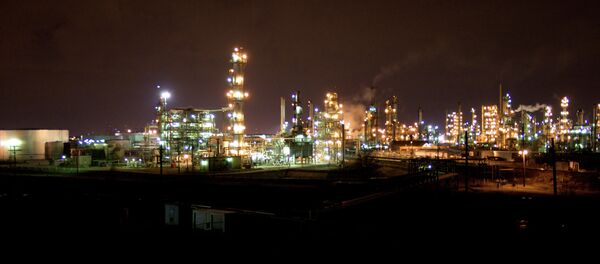"Olive farming isn't going to provide huge numbers of jobs, but it offers some specialization," Thomas Tunstall, a research director at the University of Texas said, as quoted by the news outlet.
Oil and gas production has increased in the south Texas region over the past six years following the discovery of the vast Eagle Ford Shale deposit. Rapid development and oversupply in the oil market have contributed in part to a rapid drop in oil prices across the globe.
Data from the non-profit Texas Olive Oil Council estimates nearly two million olive trees will be planted by 2015, four times the amount planted last year. In 2008, there were 80,000 olive trees in Texas.
Though olive oil has yet to prove a cure-all for the homogeneous Texas energy economy, it provides ranchers a respite from the sinking prices of a non-renewable fuel.
At almost 57,000 liters a year, Texas is the second-largest olive oil producer in the United States. California, which has been growing the crop since the 18th century, dominates the industry in the United States, producing more than 13 million liters annually.
According to the American Olive Oil Producers Association (AOOPA), only 2 percent of the olive oil consumed in the United States is home-grown, with the rest — worth $1.1 billion, according to the US Department of Agriculture — imported primarily from Europe.





